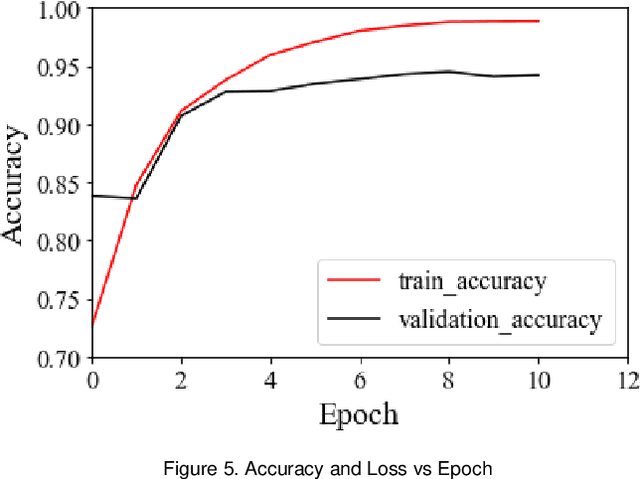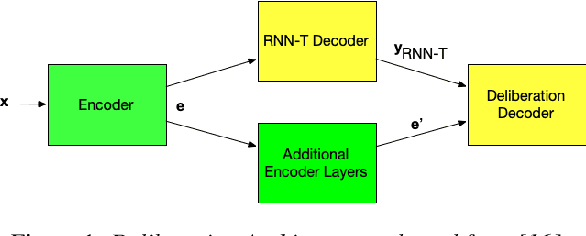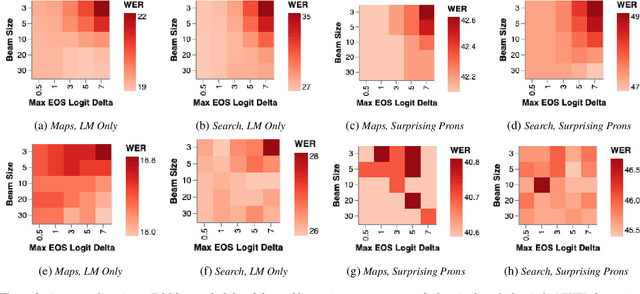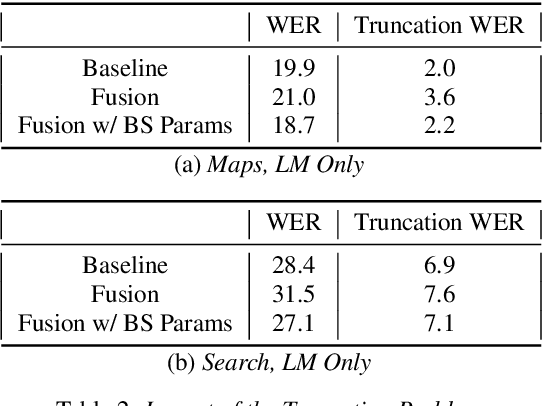James Apfel
Classification of Smoking and Calling using Deep Learning
Dec 15, 2020


Abstract:Since 2014, very deep convolutional neural networks have been proposed and become the must-have weapon for champions in all kinds of competition. In this report, a pipeline is introduced to perform the classification of smoking and calling by modifying the pretrained inception V3. Brightness enhancing based on deep learning is implemented to improve the classification of this classification task along with other useful training tricks. Based on the quality and quantity results, it can be concluded that this pipeline with small biased samples is practical and useful with high accuracy.
Improving Tail Performance of a Deliberation E2E ASR Model Using a Large Text Corpus
Aug 25, 2020



Abstract:End-to-end (E2E) automatic speech recognition (ASR) systems lack the distinct language model (LM) component that characterizes traditional speech systems. While this simplifies the model architecture, it complicates the task of incorporating text-only data into training, which is important to the recognition of tail words that do not occur often in audio-text pairs. While shallow fusion has been proposed as a method for incorporating a pre-trained LM into an E2E model at inference time, it has not yet been explored for very large text corpora, and it has been shown to be very sensitive to hyperparameter settings in the beam search. In this work, we apply shallow fusion to incorporate a very large text corpus into a state-of-the-art E2EASR model. We explore the impact of model size and show that intelligent pruning of the training set can be more effective than increasing the parameter count. Additionally, we show that incorporating the LM in minimum word error rate (MWER) fine tuning makes shallow fusion far less dependent on optimal hyperparameter settings, reducing the difficulty of that tuning problem.
 Add to Chrome
Add to Chrome Add to Firefox
Add to Firefox Add to Edge
Add to Edge